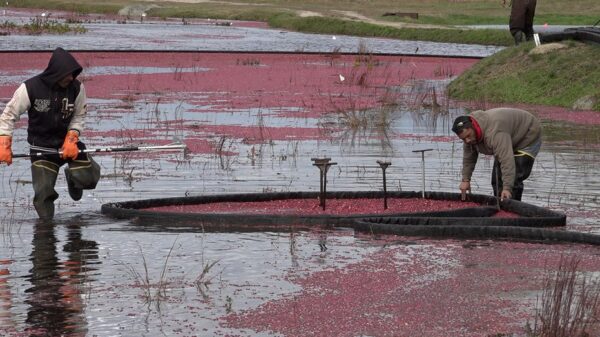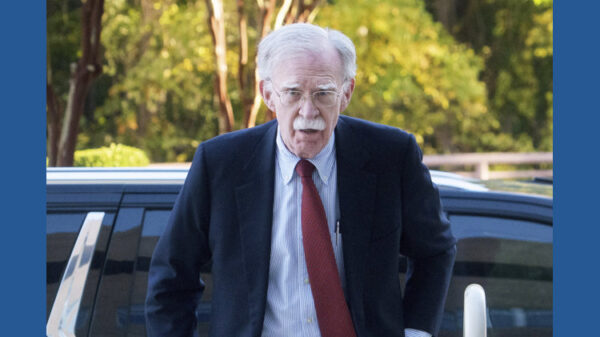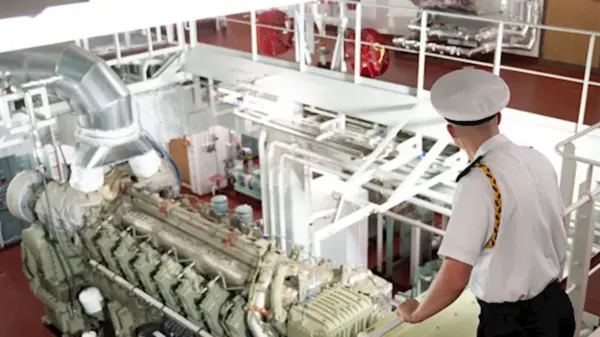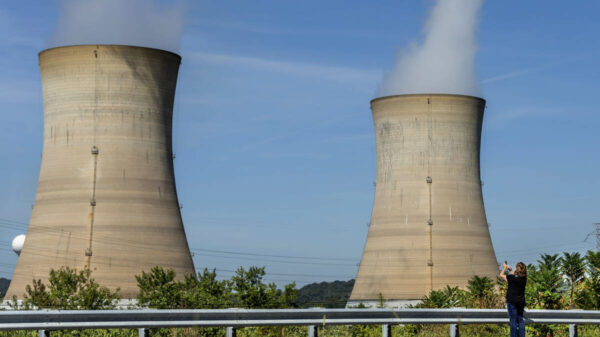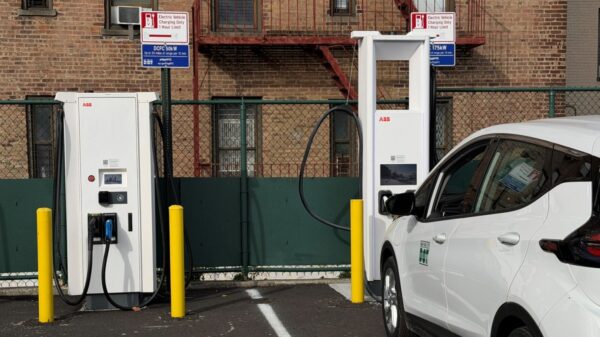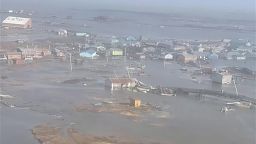UPDATE: Catastrophic flooding in remote Alaska has displaced over 2,000 residents, with many unable to return home for at least 18 months, according to Governor Mike Dunleavy. The governor made this urgent announcement while requesting a major disaster declaration from the White House in response to the devastation caused by the remnants of Typhoon Halong.
In the village of Kipnuk, an alarming 90% of homes—totalling 121 residences—have been destroyed. In nearby Kwigillingok, approximately one-third of homes are now uninhabitable, with several houses reported as floating away in the floodwaters. The storm hit with the intensity of a Category 2 hurricane, unleashing winds of up to 100 mph.
The situation is dire, with one confirmed death and two individuals still missing. Rescue teams have been working around the clock, airlifting residents from inundated communities. As of now, many evacuees have found temporary shelter in schools and larger communities across southwest Alaska, while military flights are ferrying them to Anchorage, the state’s largest city.
Officials anticipate that as many as 1,600 evacuees will arrive in Anchorage, where around 575 people have already been accommodated in sports arenas and convention centers. Additional evacuation flights are expected to continue through the weekend. Authorities are urgently working on transitioning evacuees from emergency shelters to short-term housing solutions, including hotels.
“Due to geographical challenges and the severity of the destruction, it is likely that many survivors will not be able to return to their communities this winter,” Dunleavy stated. He emphasized that while agencies are prioritizing repairs, some areas may not be suitable for occupancy in the harsh Alaskan winter.
The federal government has already provided assistance for search and rescue efforts, damage assessments, and environmental responses. A major disaster declaration from President Donald Trump could unlock federal assistance programs for both individuals and public infrastructure.
The storm ravaged a sparsely populated region that is accessible only by air or water during winter months, isolating communities whose residents rely on subsistence hunting and fishing. Relocating to urban areas like Anchorage presents a stark lifestyle shift for these evacuees.
Alexie Stone, an evacuee from Kipnuk, expressed his uncertainties about starting anew in Anchorage, where he and his family are staying at the Alaska Airlines Center. “It’s going to be a challenge to find a job and a place to live,” he said. “We’re starting a new life here in Anchorage.”
Anchorage officials are actively preparing to support the incoming evacuees. Mayor Suzanne LaFrance underscored the community’s commitment, stating, “Our neighbors in western Alaska have experienced tremendous loss, and we will do everything we can to help them during these difficult times.”
State Representative Nellie Unangiq Jimmie shared her harrowing experience of the storm, detailing how she and her family had to wait in fear as the powerful winds battered their home. “We had no choice but to sit and wait to see if our house was going to come off the foundation,” she recounted. Her heartfelt message to Anchorage highlighted the importance of community and support in times of crisis.
As the situation continues to unfold, the focus remains on providing immediate relief to those affected and securing the necessary federal assistance to facilitate recovery efforts. The urgency of the unfolding disaster in Alaska underscores the profound human impact of climate-related events and the resilience of those affected.
Stay tuned for further updates as authorities work diligently to address this critical situation.




